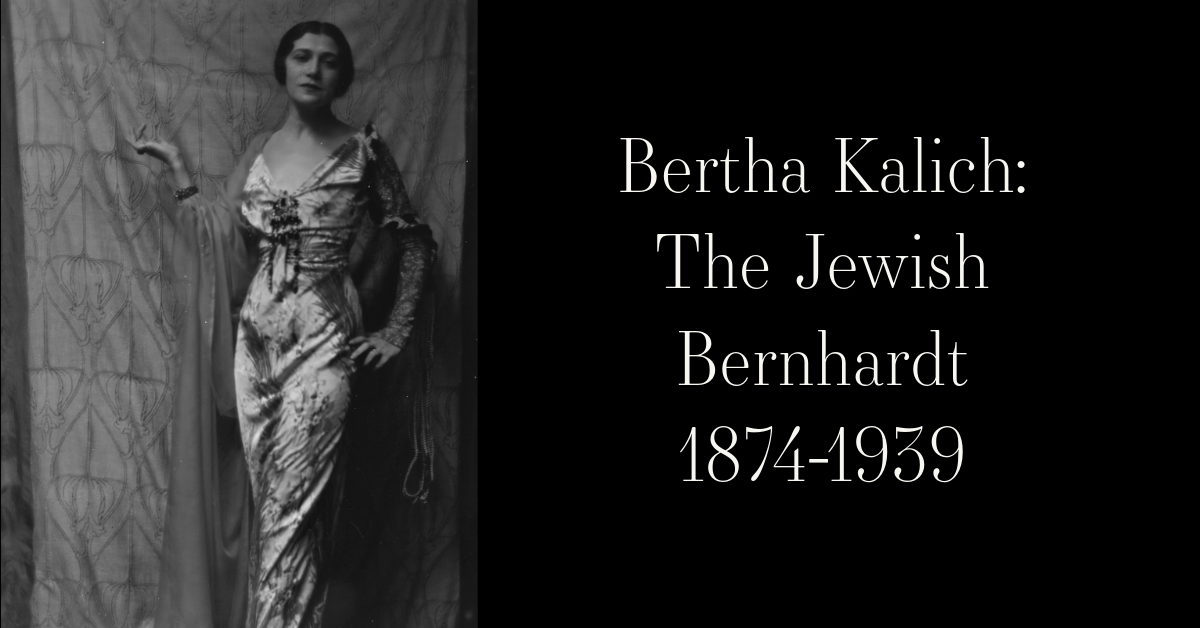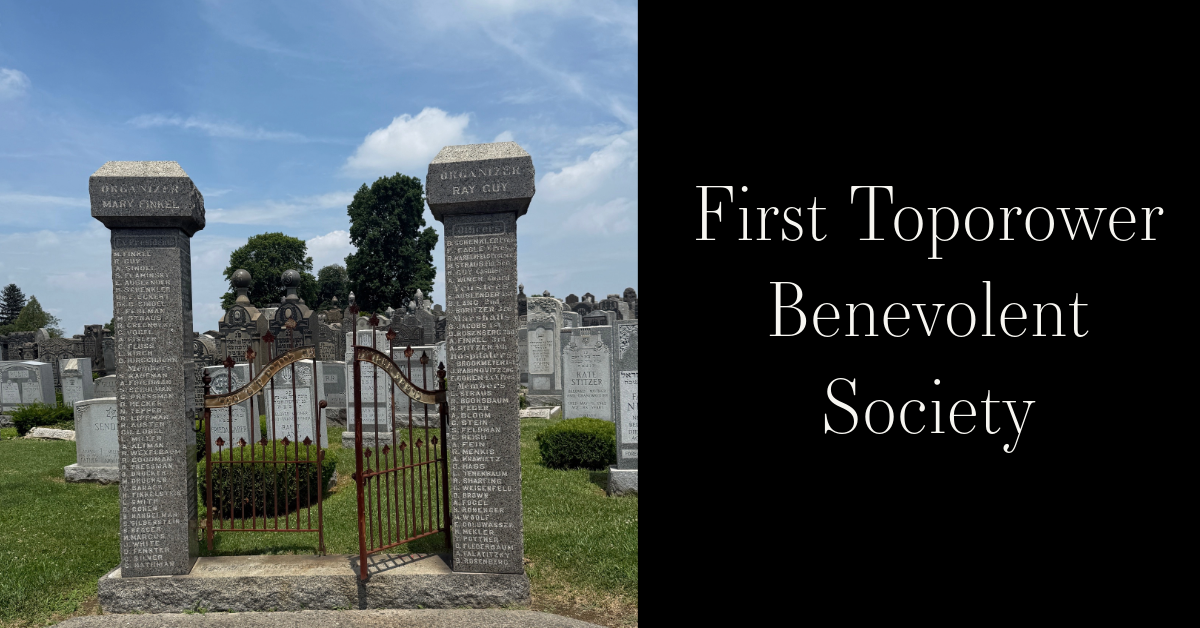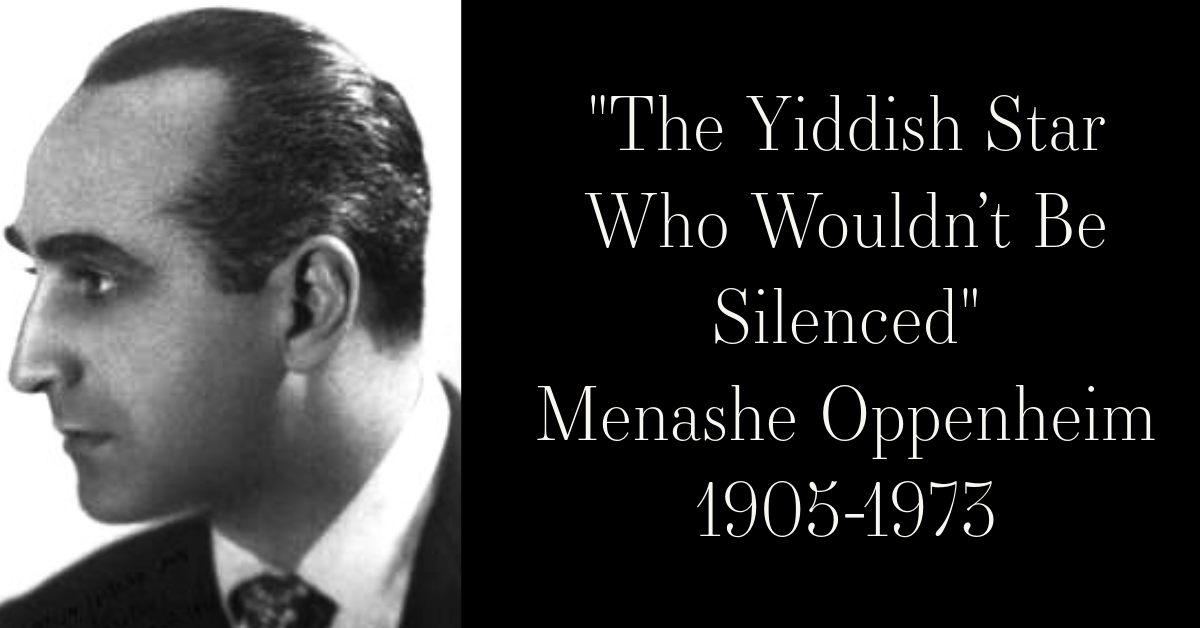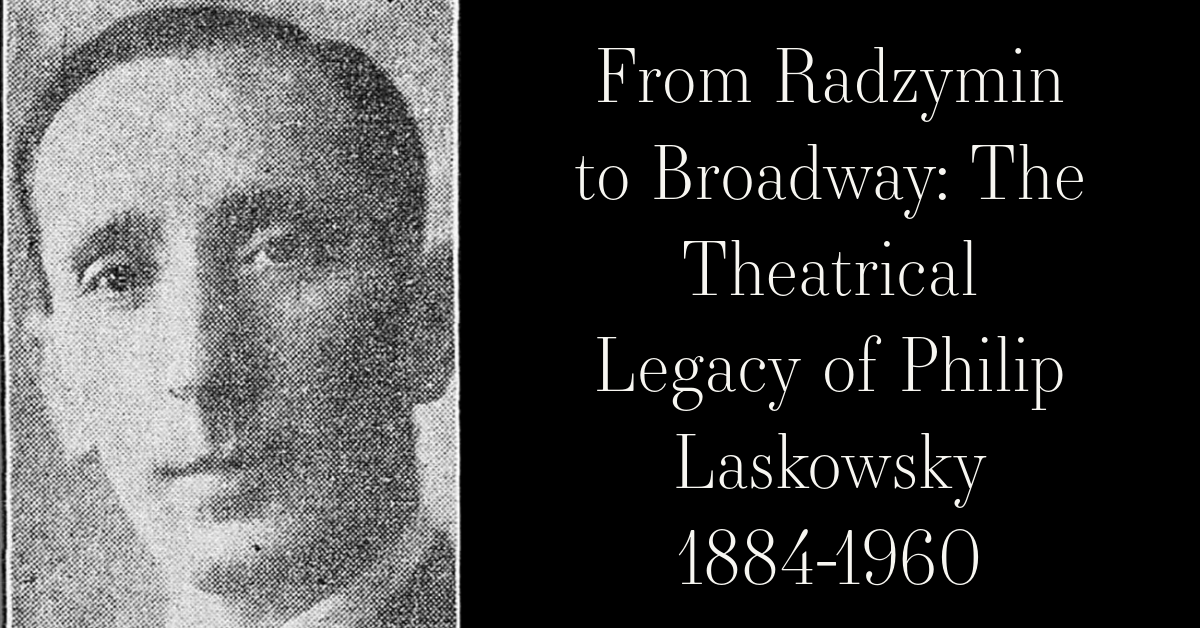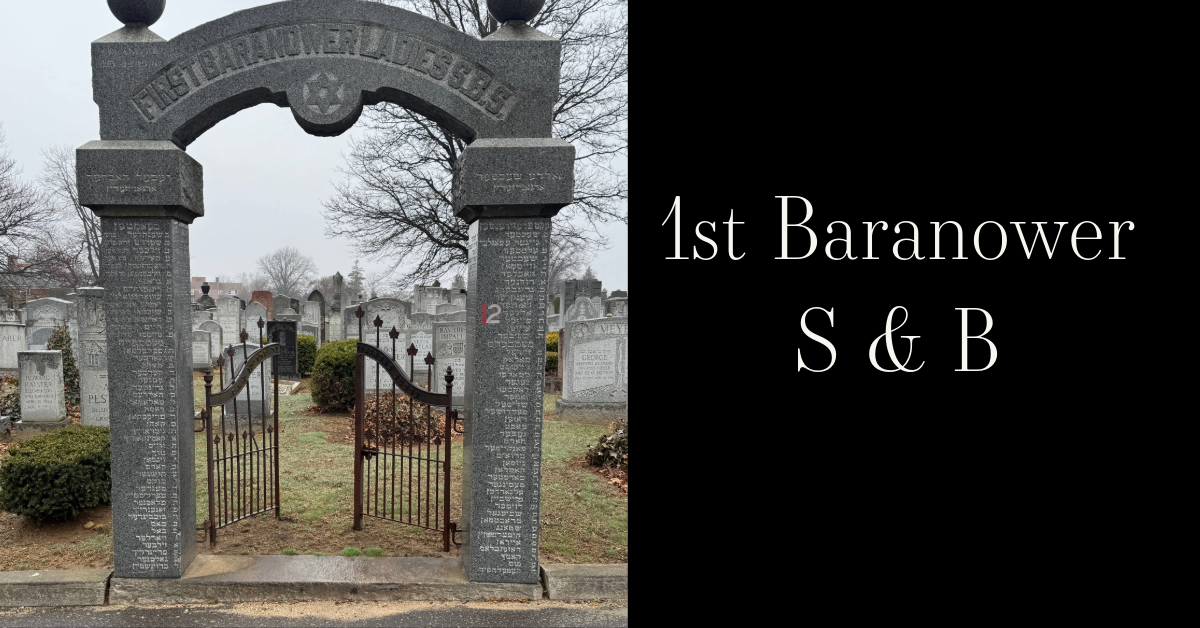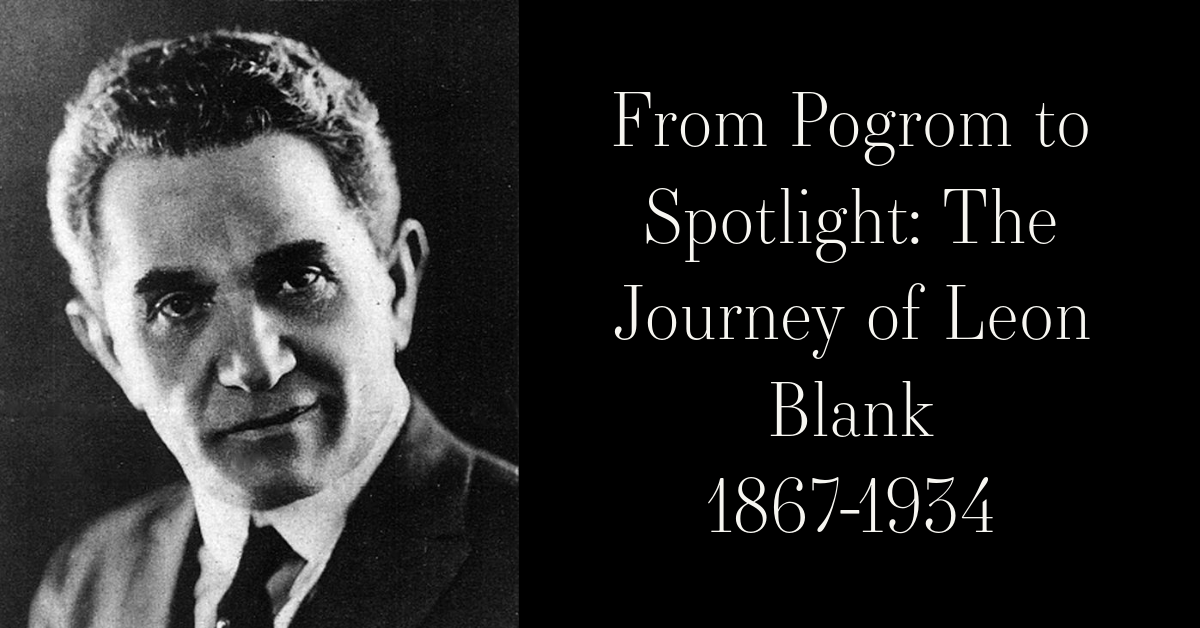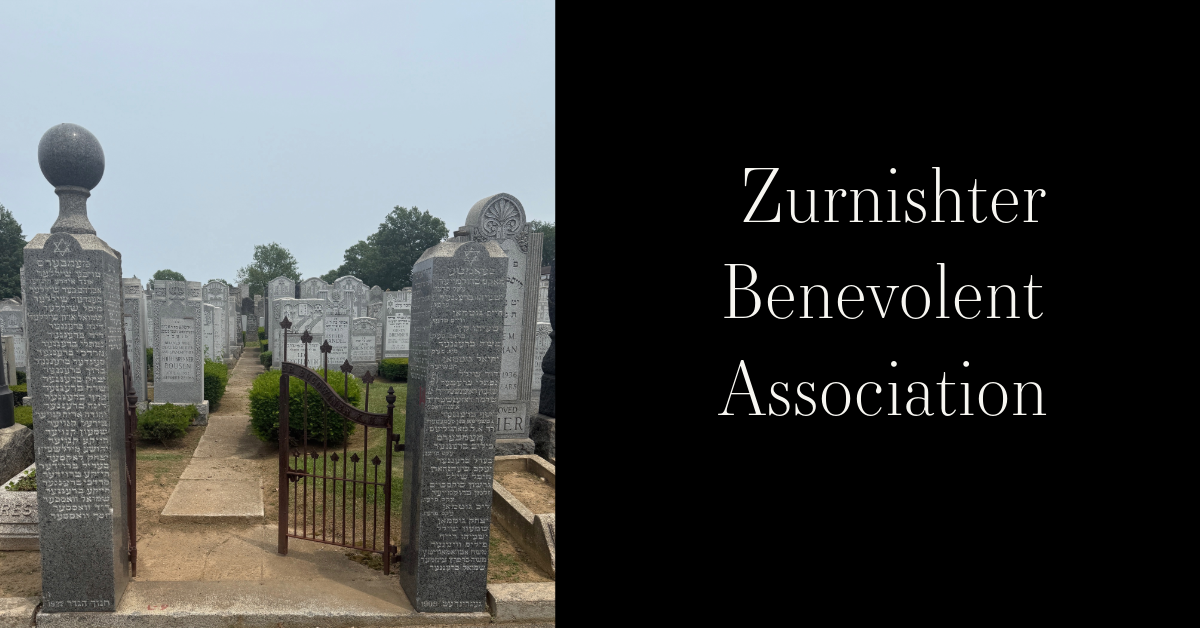JUDGE MURRAY IRWIN GURFEIN
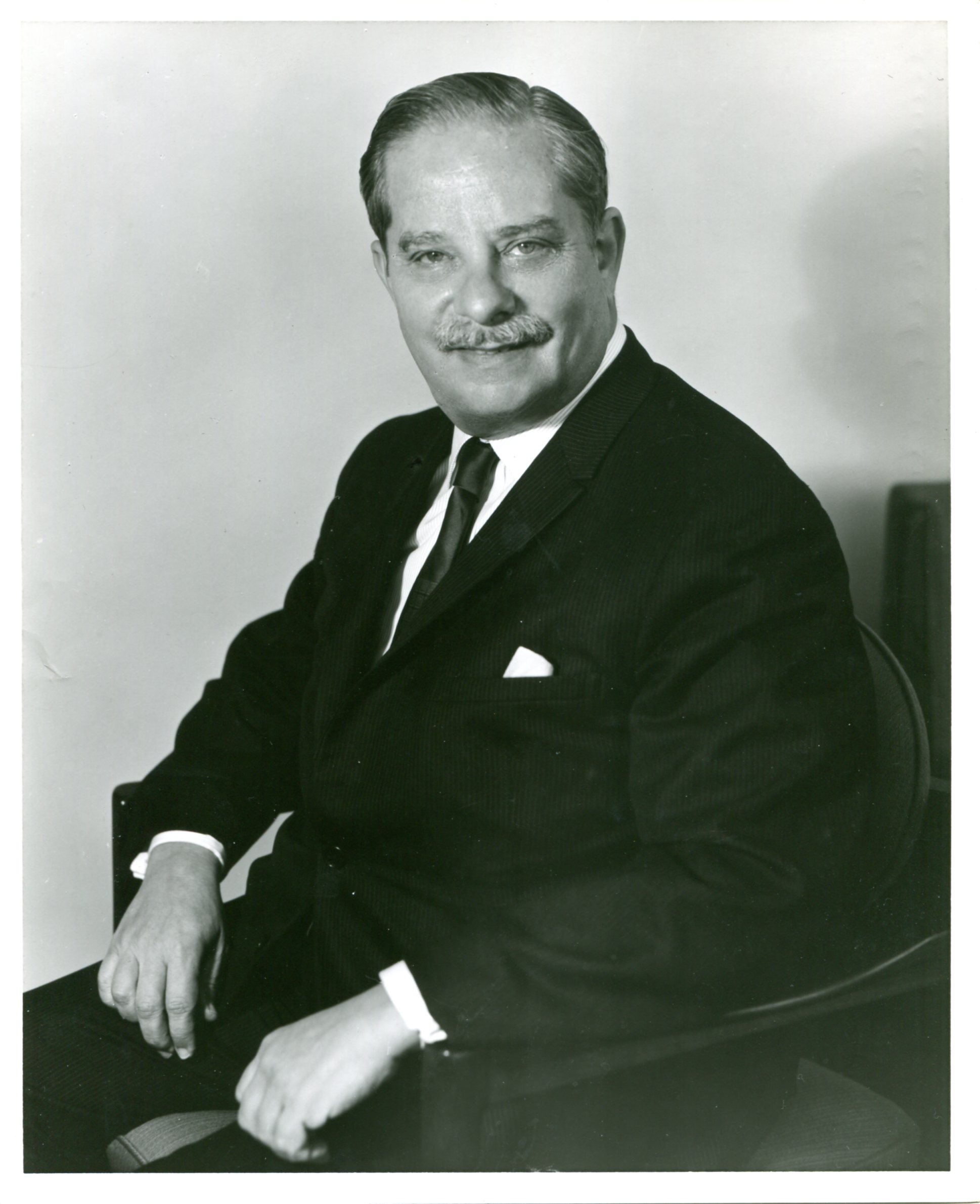
Murray Gurfein was born on November 17, 1907. He resided with his parents, Louis Gurfein and the former Rose Feld and his brother Sidney in New York City. Mr. Gurfein received a B.A. from Columbia College in 1926 and a Bachelor of Law (LLB) from Harvard Law School in 1930. He graduated from Columbia, Phi Beta Kappa, and from Harvard Law School, magna cum laude (#2 in his class).
Mr. Gurfein’s first job was working as a law clerk for Judge Julian Mack of the United States Court of Appeals for the Seventh Circuit from 1930-1931. From 1931-1933, Mr. Gurfein was employed as an Assistant United States Attorney for the Southern District of New York. After 1933, he worked in a hugely successful private practice in New York from 1933 to 1935. From 1935-1938, Mr. Gurfein was a deputy assistant district attorney of New York and from 1938-1942, he worked as an assistant district attorney of New York County from 1938-1942.
With the start of World War 11 approaching, Mr. Gurfein immediately volunteered for service. He became a much-decorated Army intelligence officer. He initially served in the United States Army in the European Theater of Operations (ETO) and then served with the Office of Strategic Services (OSS). Mr. Gurfein received the Legion of Merit, Croix de Guerre and was named an Honorary Officer of the British Empire. Mr. Gurfein was employed in the position of lieutenant colonel when he worked in the Office of Strategic Services and he served from 1946 through 1948. He also served as the Chief of Intelligence for General Eisenhower’s Psychological Warfare Division during World War II. Mr. Gurfein witnessed the liberation of the concentration camps and gained first-hand knowledge of the problems of displaced persons.
Judge Murray Gurfein married the former Eva Hadas. They had two daughters, Abigail Gurfein Hellwarth and Susan Gurfein Rosett.
Mr. Gurfein became the principal aide to Justice Robert H. Jackson, the United States Chief Counsel at the Nuremberg Trials of Nazi War criminals. Albert Speer was deposed by Lt. Col. M. I. Gurfein at the trial of Erhard Milch at Nuremberg, Germany on 18 October 1945. Albert Speer was one of Hitler's closest confidants and Minister of Armaments in the Third Reich. Milch was indicted for participating, planning, and executing war crimes as well as participation in two medical experiments dealing with the effects of high-altitude and freezing crimes against humanity. In the Milch Trial of 1947. A U.S. military court convicted Milch of war crimes and of crimes against humanity, sentencing him to life imprisonment.
For many years, Murray was active in Jewish affairs. He served 10 years as President of HIAS (Hebrew Immigrant Aid Society). The United Hias Service honored Murray J. Gurfein, for “inspiring leadership during one of the most trying periods in the agency’s history.” An award was presented to Mr. Gurfein by incumbent President Carlos L. Israels at the 38th annual conference of the HIAS which was attended by more than 400 delegates from fraternal, labor and religious organizations. Mr. Israels praised Mr. Gurfein “for serving effectively as a spokesman for Jewish migrants during a critical decade that included the Hungarian revolution, the Sinai campaign, the Cuban revolt and the Algerian war.” Mr. Gurfein served as a trustee of the Beth Israel Medical Center. Mr. Gurfein was also President of the International Jewish Council of Social Services, a member of the American Jewish Committee, and was on the board of directors of the United Jewish Appeal of Greater New York. In 1970, Mr. Gurfein received the Learned Hand Award of the American Jewish Committee and at the ceremony he was described as “a distinguished public servant and committed champion of public rights.”
Mr. Gurfein entered the private practice of law in New York from 1946 to 1971. He was a former member of the New York State Temporary Commission on the Courts, a trustee of the Citizens Budget Commission and a member of the Council on Foreign Relations. Gurfein was nominated by President Richard Nixon on April 14, 1971, to a seat on the United States District Court for the Southern District of New York. He was confirmed by the United States Senate on May 20, 1971, and received his commission the same day. His service was terminated on September 11, 1974, due to his elevation to the Second Circuit which President Nixon nominated him for on July 11, 1974. He was confirmed to the United States Senate on August 22, 1974 from President Gerald Ford. Gurfein’s service was terminated on December 16, 1979, due to his death.
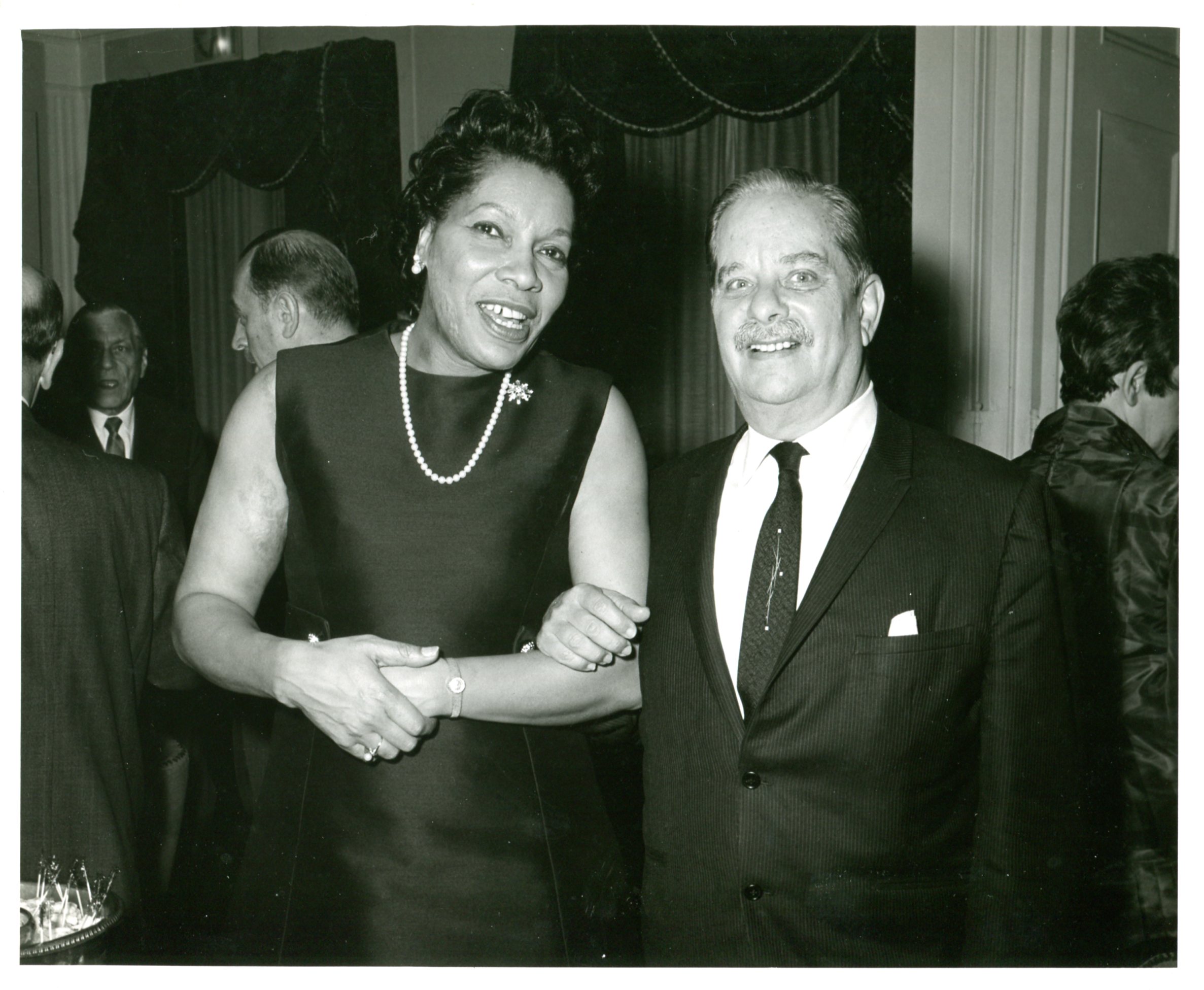
Mr. Gurfein was active in Jewish affairs. He served 10 years as President of HIAS (Hebrew Immigrant Aid Society). The United Hias Service honored Mr. Gurfein, for “inspiring leadership during one of the most trying periods in the agency’s history.” An award was presented to Mr. Gurfein by incumbent President Carlos L. Israels at the 38th annual conference of the HIAS which was attended by more than 400 delegates from fraternal, labor and religious organizations. Mr. Israels praised Mr. Gurfein “for serving effectively as a spokesman for Jewish migrants during a critical decade that included the Hungarian revolution, the Sinai campaign, the Cuban revolt and the Algerian war.” Mr. Gurfein was also President of the International Jewish Council of Social Services, a member of the American Jewish Committee, and was on the board of directors of the United Jewish Appeal of Greater New York. In 1970, Mr. Gurfein received the Learned Hand Award of the American Jewish Committee and at the ceremony he was described as “a distinguished public servant and committed champion of public rights.”
When Gurfein was the newest Judge, he swore in new citizens. The 63‐year‐old judge, though a freshman on the bench, had decades of experience in courtrooms. In the 1930’s, he became one of the key assistants to District Attorney Thomas E. Dewey and they worked to expose both labor racketeering and waterfront gangsterism. In another case, Mr. Gurfein revealed how a federal judge had been bribed. One of the most celebrated cases of Dewey and Gurfein was the prosecution of a former chairman of the National City Bank for having evaded payment of income tax.
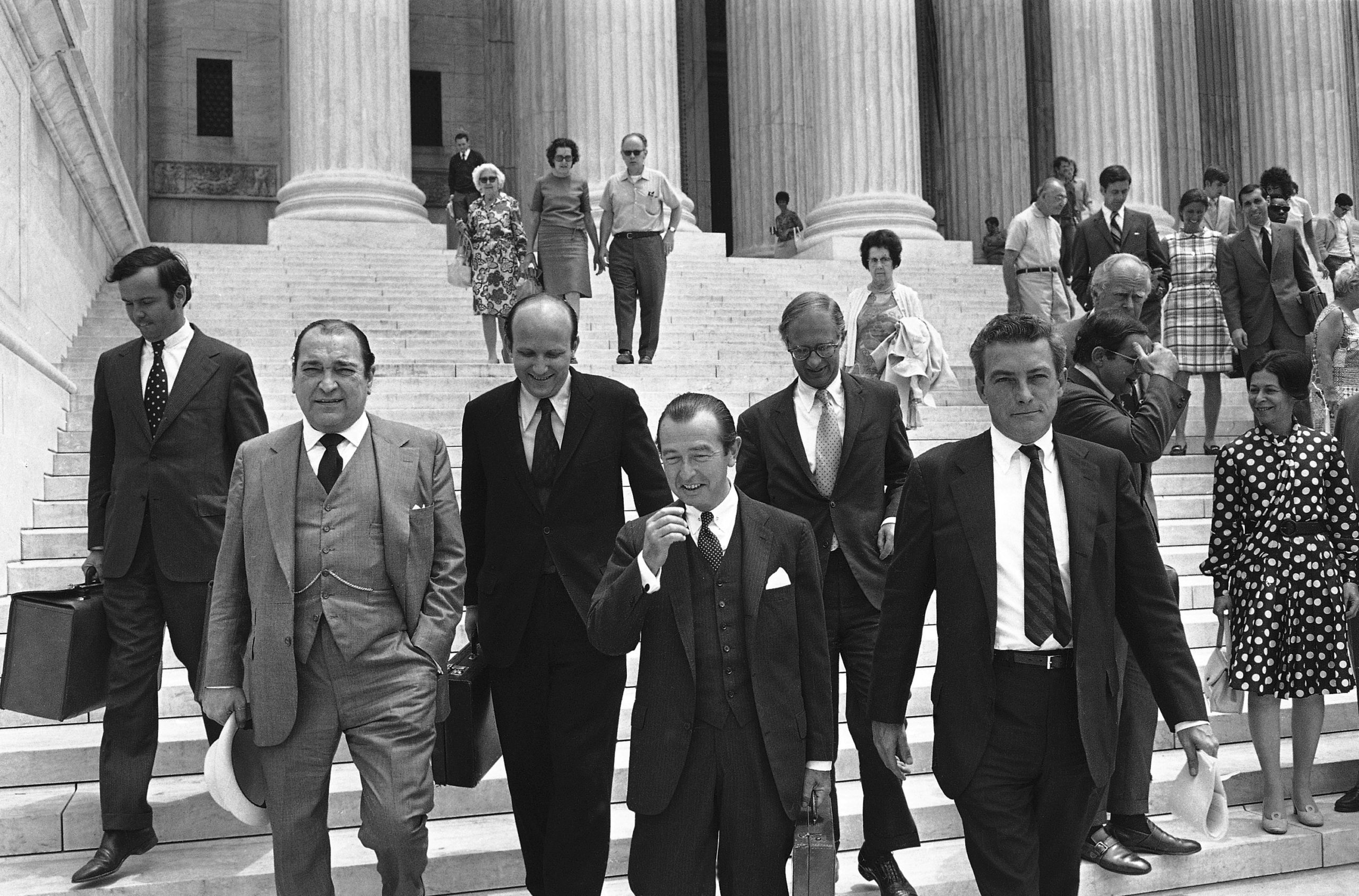
One of Gurfein’s most famous cases was the investigation into labor racketeering that brought about the execution of Louis (Lepke) Buchalter. This investigation necessitated resourcefulness and tenacity in both questioning the culprits, and in doing research into complicated financial statements. Mr. Gurfein presided over scores of complex tax, antitrust and securities cases, as well as many criminal trials, school desegregation suits and cases regarding price fixing and paternity questions.
During Gurfein’s first week as a United States District Judge Gurfein was assigned the “Pentagon Papers case” and gained national prominence when he refused the government's motion to enjoin publication of the documents.
Daniel Ellsberg, a former U.S. Marine Corps officer worked as a strategic analyst at the RAND Corporation and the Department of Defense. He had worked on the preparation of the 1967 study. By 1969, however, Ellsberg believed that the Vietnam War was unwinnable. He also believed that the information in the Pentagon Papers about U.S. decision-making regarding Vietnam should be more widely available to Americans. Ellsberg secretly photocopied large sections of the report.
Some of the most damning information from these papers indicate that the John F. Kennedy administration had actively helped overthrow and assassinate South Vietnamese President Ngo Dinh Diem in 1963. The report also contradicted the U.S. government pronouncements regarding the intensive bombing of North Vietnam, which the report stated had no real impact on the enemy’s desire to fight.
Ellsberg gave portions of the report to Neil Sheehan, a reporter at The New York Times, during his employment as a researcher associate for MIT. On June 13, 1971, the Times began publishing a series of front-page articles based on the information contained in the Pentagon Papers. After the third article, the U.S. Department of Justice got a temporary restraining order on additional publications of the material, arguing that publication was detrimental to U.S. national security.
The Times, Post, Boston Globe and other newspapers printed portions of the Pentagon Papers. Senator Mike Gravel of Alaska, an outspoken critic of the Vietnam War, read these portions aloud in a Senate subcommittee hearing. These articles contained information indicating that the presidential administrations of four presidents (Harry S. Truman, Dwight D. Eisenhower, John F. Kennedy and Lyndon B. Johnson) had all misled the public about the degree of U.S. involvement in Vietnam. The information included Truman’s decision to give military aid to France during its struggle against the communist-led Viet Minh as well as Johnson’s plans to escalate the war in Vietnam by 1964.

Through the Pentagon Papers, people learned about the active role the U.S. government had taken in building up the conflict. The revelations included within it were embarrassing, particularly as Nixon was up for reelection in 1972.
In the now-famous case of New York Times Co. v. United States, the Times and the Washington Post joined forces to fight for the right to publish. On June 30, the U.S. Supreme Court ruled 6-3 that the government had failed to prove harm to national security, and that publication of the papers was justified under the First Amendment’s protection of freedom of the press.
After the Supreme Court’s verdict on June 30, the Nixon administration had Ellsberg and an alleged accomplice, Anthony Russo, indicted on criminal charges including conspiracy, espionage and stealing government property. The trial began in 1973, but ended in a dismissal of the charges when prosecutors learned that a secret White House team had burglarized Ellsberg’s psychiatrist’s office in September 1971 in order to find information that would discredit him.
Supreme Court Justice Potter Stewart supported the freedom of the press guaranteed in the First Amendment of the U.S. Constitution. However, it was Judge Gurfein’s ruling in the Pentagon Papers case, only a few weeks after his appointment, that became the hallmark of his judicial career.
Gurfein concluded that the government witnesses and documentary evidence failed to prove that further publication of the controversial series would sufficiently injure national security. Therefore, he denied the government a preliminary injunction and dissolved his earlier restraining order. The ruling was initially reversed by the Court of Appeals, but ultimately reinstated by the Supreme Court.
When the newspapers commenced publication, the United States was still engaged in fighting the Vietnam war. Claiming that the publication of the Pentagon Papers jeopardized national security, the government sought an injunction against any further publication of the papers, including publication of scheduled installments yet to appear. In the United States District Court for the Southern District of New York, Judge Murray Gurfein issued a temporary restraining order against the New York Times. Gurfein concluded that the government witnesses and documentary evidence failed to prove that further publication of the controversial series would sufficiently injure national security. The United States immediately appealed, and the Court of Appeals for the Second Circuit, on June 23, 1971, remanded the case for further consideration in light of documents filed by the United States indicating that publication might pose "grave and immediate danger to the security of the United States." Gurfein concluded that the government witnesses and documentary evidence failed to prove that further publication of the controversial series would sufficiently injure national security. Despite the ruling, President Richard M. Nixon nominated Gurfein to the Second Circuit Court of Appeals in 1974. The Senate confirmed him, and he served as a judge in this court until his death.
Regarding his ruling, Gurfein wrote: "The security of the Nation is not at the ramparts alone. Security also lies in the value of our free institutions. A cantankerous press, an obstinate press, a ubiquitous press must be suffered by those in authority in order to preserve the even greater values of freedom of expression and the right of the people to know."
Judge Murray Gurfein married the former Eva Hadas. They had two daughters, Mrs. Robert Hellwarth and Mrs. Arthur Rosett. Judge Murray Gurfein died on December 16, 1979 at age 72. He is buried at Mount Hebron Cemetery in New York.

~Blog by Renee Meyers








